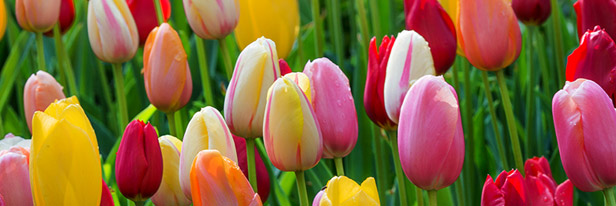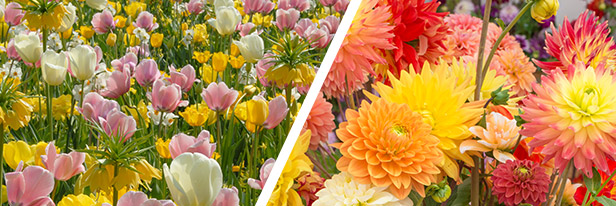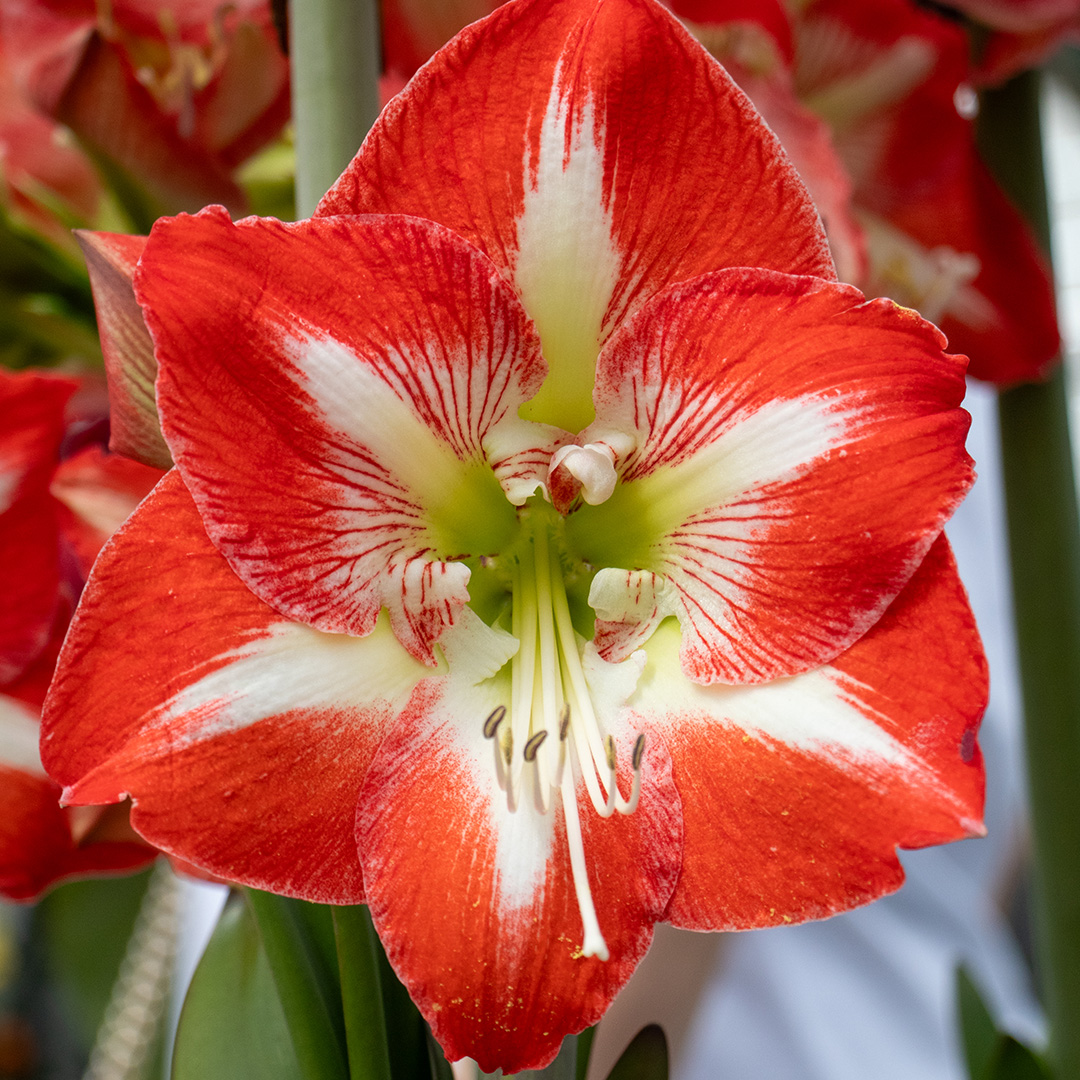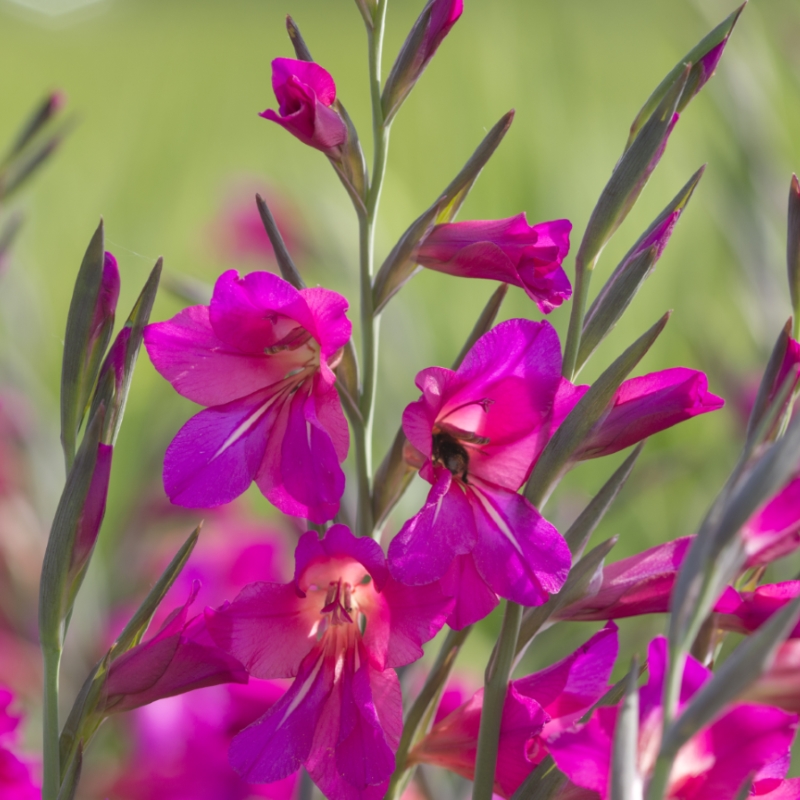
All About Gladioli
Looking for something impressive for your garden? Then Gladioli are perfect for you. Gladioli have stunning green stems with striking flowers in a variety of colors. Whether you’re looking for bright colors like yellow, orange, or red, or prefer softer shades like white, pink, or purple, Gladioli have it all!
Combining Gladioli
You can create beautiful plant combinations with Gladioli, but what can you combine them with? They look stunning with other summer bloomers like Dahlias, Zantedeschias (Calla Lilies), Anemones, or Liatris. Gladioli are not only a feast for the eyes but also attract butterflies and bees, so you can enjoy these lovely creatures along with the flowers.
Planting Gladioli
Gladioli love the sun, so for the best results, plant them in a sunny spot. During their growth, Gladioli need regular watering.
When planting, keep a spacing of about 10 centimeters between each bulb. The ideal planting depth is 7 to 10 centimeters. Gladioli can grow up to 100 to 150 centimeters tall, making them perfect for the back of the border. They grow straight and have flowers on both sides, making them real eye-catchers! Gladioli are not winter-hardy, so they need to be lifted in the fall and stored in a frost-free place. Therefore, it’s important to plant Gladioli only after the last frost!
Enjoying Gladioli Earlier
Want to enjoy Gladioli early? Plant them in a pot at the beginning of April and place it in a warm spot. This way, you can pre-force the Gladioli. The bulbs will start sprouting, giving them a head start. From mid-May (after the last frost), you can move the pot of Gladioli outside, or you can bury the pot in the border. This way, you can easily dig up the pot in the fall and store the bulbs in a frost-free place (where it’s 5 to 10 degrees Celsius).
Gladioli as Cut Flowers
With their long stems, Gladioli are perfect for cutting, allowing you to enjoy these beautiful summer bloomers indoors as well. Make sure not to place the cut Gladioli too close to the heater, in a draft, in direct sunlight, or near fruit, as this will shorten their vase life.





